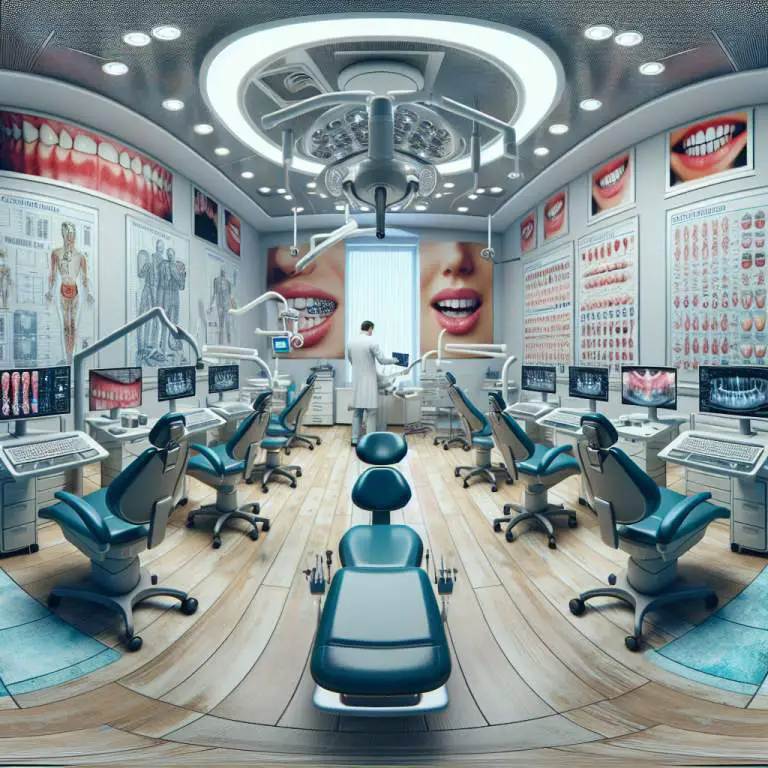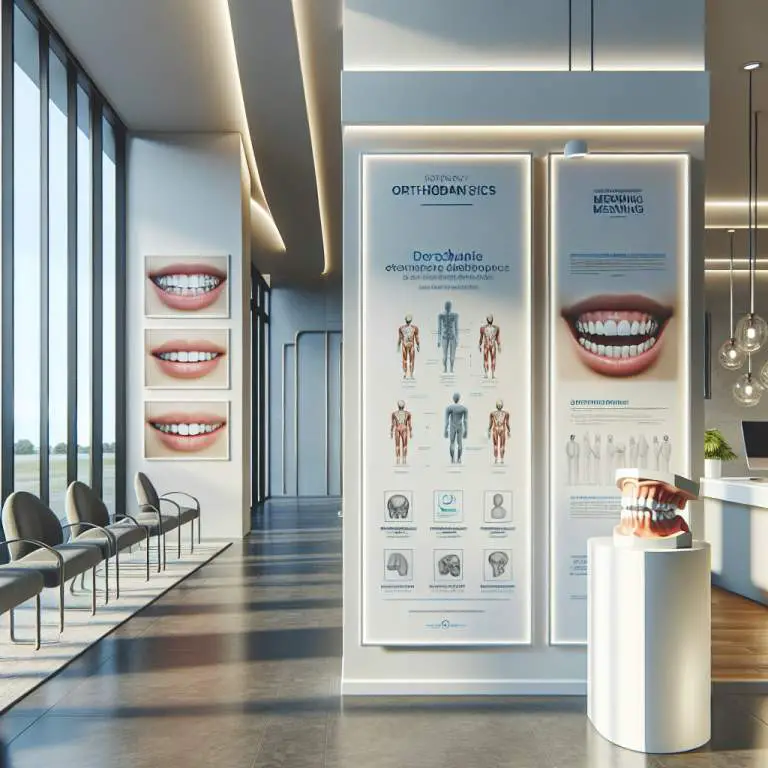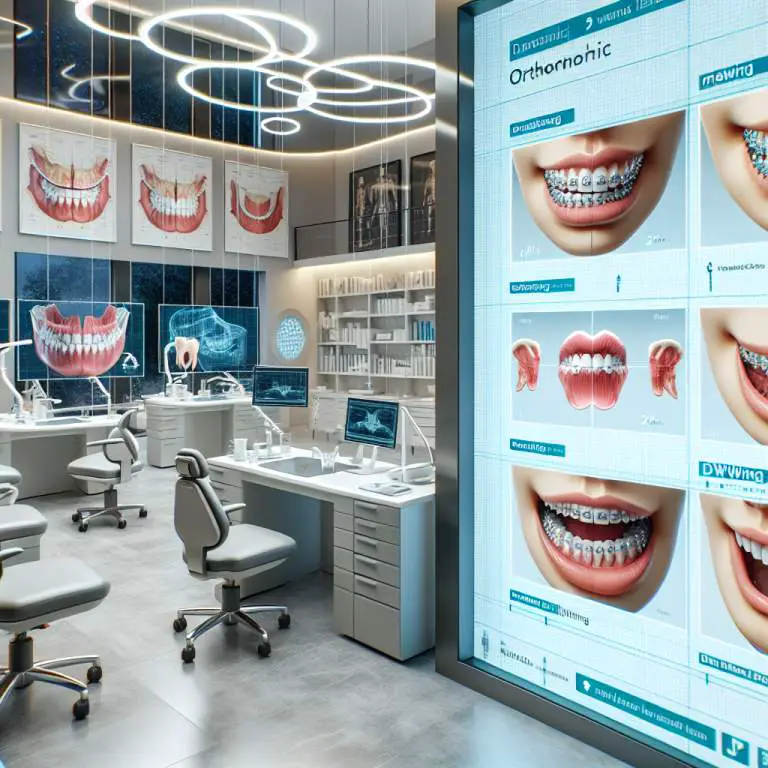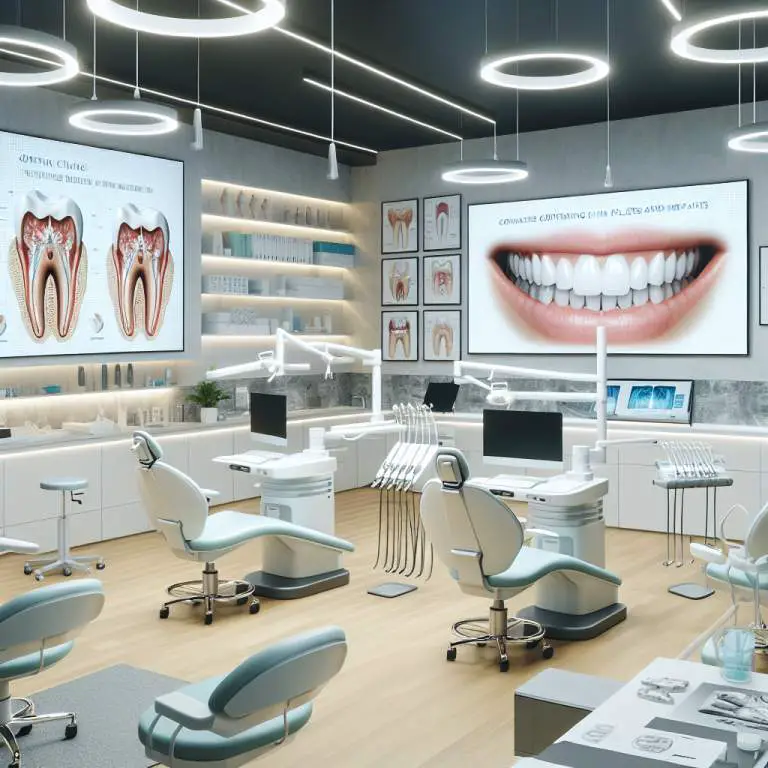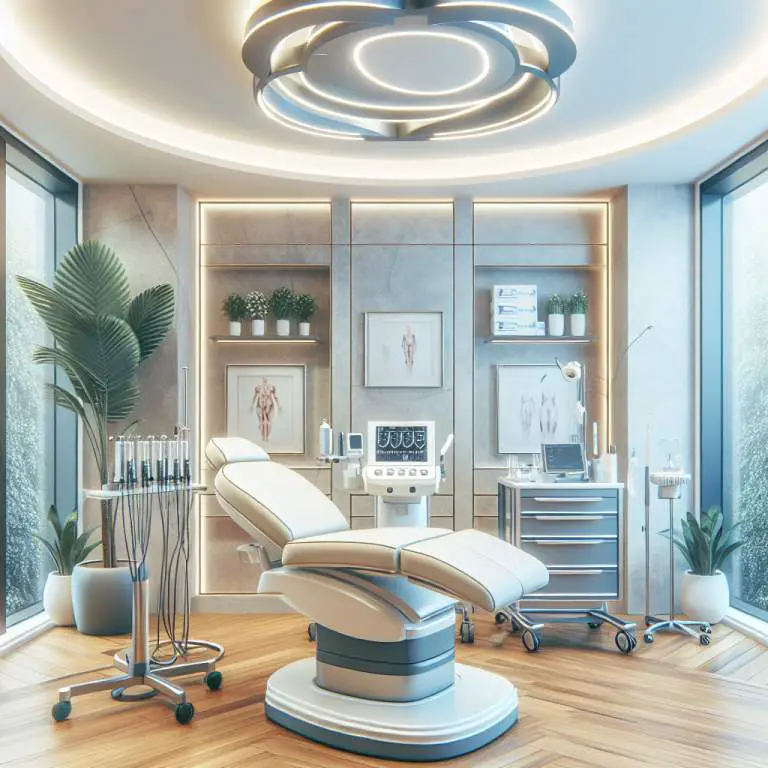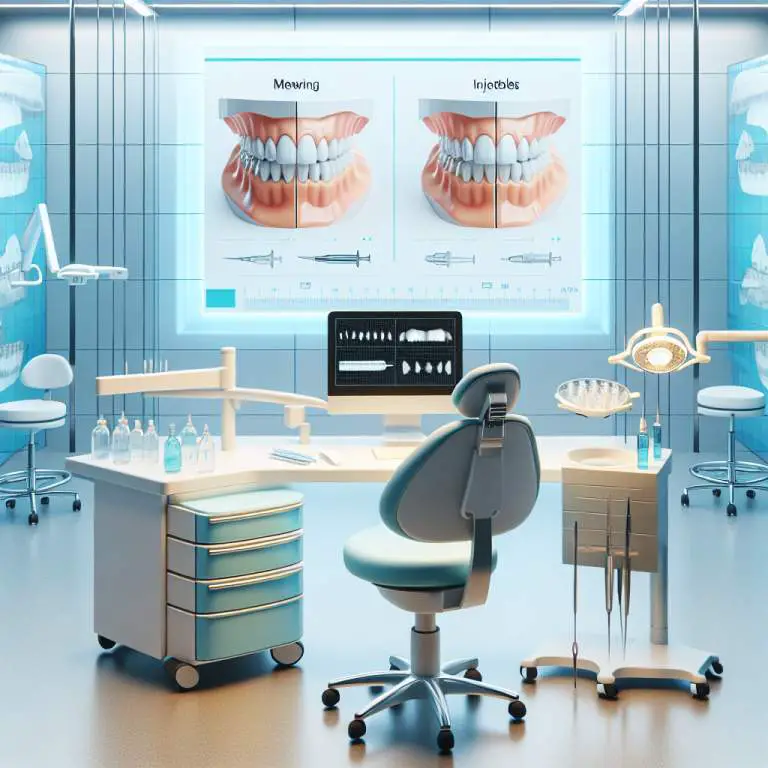What are the advantages of mewing over non-surgical jawline tightening devices?
Mewing, a technique that involves proper tongue posture to potentially reshape the jawline, offers several advantages over non-surgical jawline tightening devices. It is free and can be practiced at any time, eliminating the need for expensive equipment. Additionally, mewing promotes better breathing and posture habits, which can lead to overall health improvements beyond just aesthetic changes to the jawline.
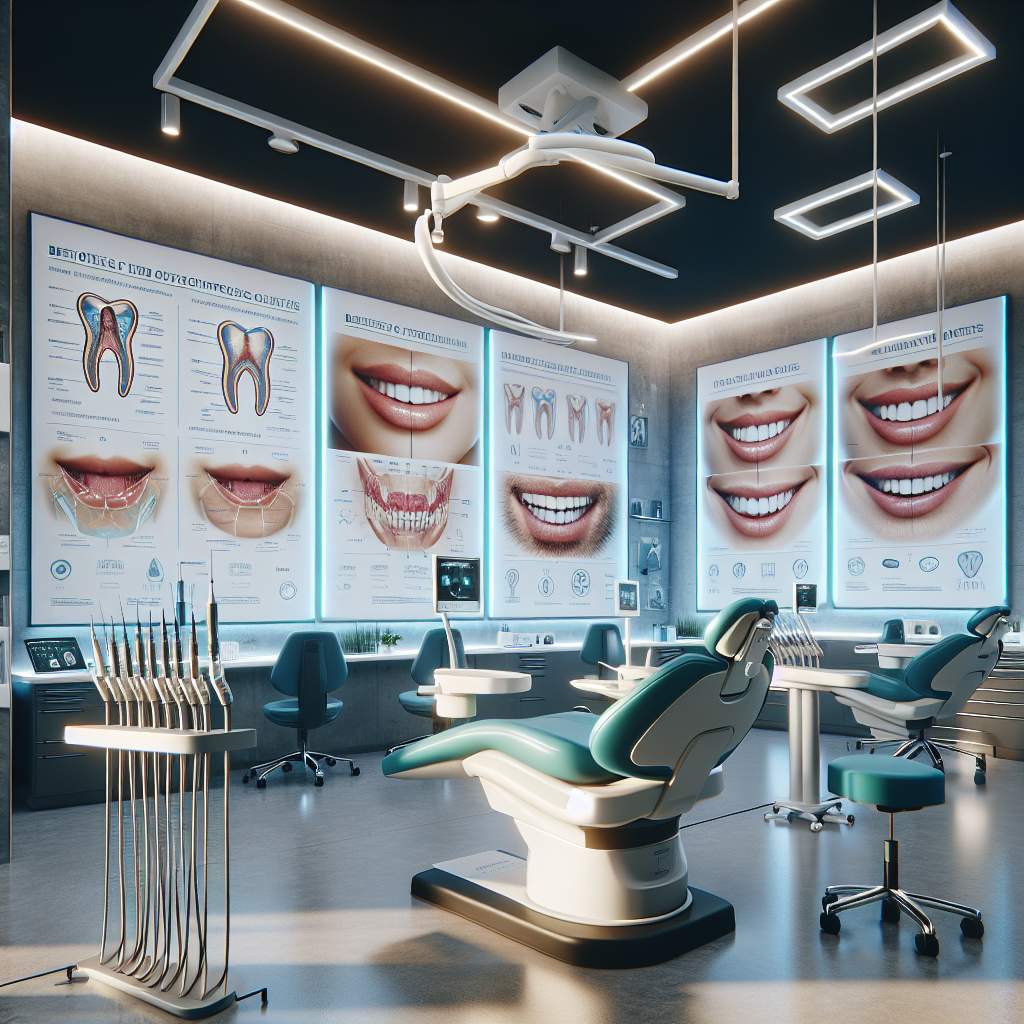
How does mewing work to enhance the jawline?
Mewing is a technique that involves positioning your tongue against the roof of your mouth. This position is supposed to help shape and define your jawline over time. The idea is that by keeping your tongue in this specific spot, you’re applying gentle pressure which can encourage changes in the way your jaw and face look.
People who practice mewing believe it helps train the muscles around the jaw and neck. This training can lead to a more pronounced and sharper jawline. It’s like giving these muscles a workout, aiming for a toned appearance without needing any equipment or surgery.
What are the primary benefits of mewing for facial structure?
The main benefit of mewing is believed to be an improved facial structure, especially a more defined jawline. Supporters of mewing say it can also lead to better alignment of teeth and may even help with breathing problems by encouraging proper tongue posture. These changes are thought to contribute to a more balanced and attractive face.
Besides cosmetic improvements, some people find that mewing helps with their posture. Since correct tongue posture requires you to keep your head aligned over your spine, it might encourage better overall body posture. Good posture not only looks better but can also reduce neck and back pain.
Can mewing provide long-term results compared to jawline tightening devices?
Mewing is often seen as a natural alternative to devices designed for tightening the jawline. While gadgets may offer quicker results, mewing advocates argue that its effects can be more lasting since it involves training muscles and improving posture over time. The idea is that by continuously practicing good tongue posture, you’re making permanent changes to your facial structure.
However, it’s important to note that everyone’s body responds differently. Some people might see significant changes from mewing, while others may not notice much difference at all. Unlike devices that mechanically alter the appearance of the jawline, mewing relies on gradual muscle adaptation and bone remodeling which takes patience and consistency.
How does the cost of mewing compare with non-surgical jawline tightening devices?
One of the biggest advantages of mewing is its cost: it’s free. Since it only involves positioning your tongue in a certain way, there are no expenses associated with trying it out. This makes it an accessible option for anyone interested in enhancing their facial structure without spending money on gadgets or treatments.
In contrast, non-surgical jawline tightening devices can vary widely in price depending on their type and brand. Some may require ongoing purchases like replacement parts or gels, adding up over time. For those looking for an affordable method to potentially improve their jawline’s appearance, mewing presents an attractive option due to its lack of associated costs.
| Feature | Mewing | Jawline Tightening Devices |
|---|---|---|
| Cost | Free | Varies, generally requires purchase |
| Risks/Side Effects | Minimal when done correctly | Potential discomfort, misuse can lead to jaw problems |
| Accessibility | Can be done anywhere, anytime without equipment | Requires carrying a device; may not be usable in all settings |
| Natural Process | Yes, based on proper tongue posture and oral alignment | No, relies on external devices to stimulate muscles |
Potential Risks or Downsides of Using Non-Surgical Jawline Tightening Devices
Using non-surgical jawline tightening devices is not without its risks. One major concern is skin irritation. These devices often require direct contact with the skin, which can lead to redness, swelling, or even allergic reactions in sensitive individuals.
Another downside is the potential for uneven results. If the device is not used correctly or consistently, it might lead to asymmetry in the jawline. This could make one side of the face appear different from the other, requiring professional intervention to correct.
User Experience: Mewing vs. Jawline Devices
Mewing and using a jawline device offer very different experiences. Mewing, being a free and natural technique, involves training your tongue to rest in a specific position against the roof of your mouth. It requires patience and consistency but doesn’t interfere with daily activities.
In contrast, using a jawline device can be more intrusive. These devices often need to be worn for a certain period each day, which can be inconvenient or uncomfortable for some users. Additionally, there’s the hassle of cleaning and maintaining the device to consider.
Scientific Studies on Mewing vs. Jawline Devices
When it comes to scientific backing, mewing does not have as much formal research supporting its effectiveness compared to jawline devices. Most evidence supporting mewing comes from anecdotal reports and theoretical principles related to orthotropics.
On the other hand, several studies have looked into non-surgical methods for enhancing facial aesthetics, including jawline devices. These studies typically focus on short-term improvements and safety profiles rather than long-term outcomes or comparisons with techniques like mewing.
Final Thoughts
In conclusion, both mewing and non-surgical jawline tightening devices aim to improve facial aesthetics but come with their own set of advantages and challenges. While mewing offers a natural approach without cost or physical risks associated with devices, its effectiveness largely relies on anecdotal evidence and personal discipline.
Non-surgical devices provide a more immediate solution with some scientific backing but carry potential risks such as skin irritation and asymmetry. Ultimately, individuals interested in enhancing their jawline should weigh these factors carefully and consider consulting with a professional before deciding on a method.

